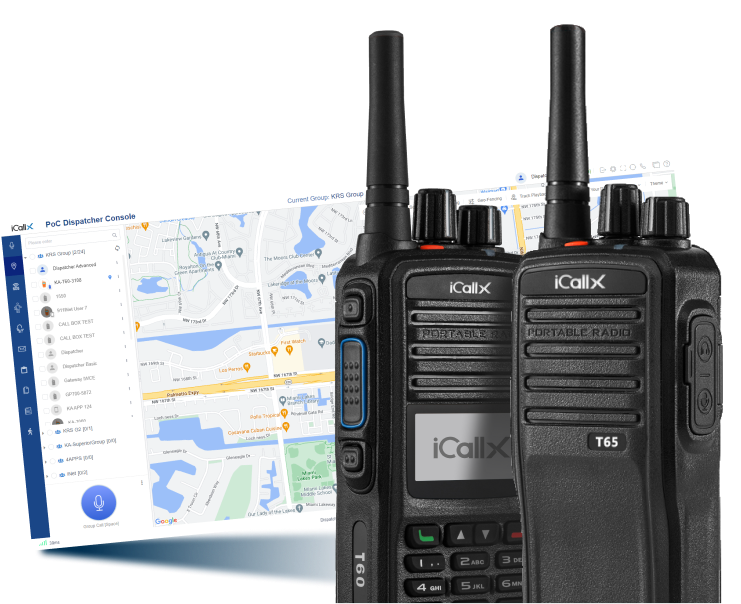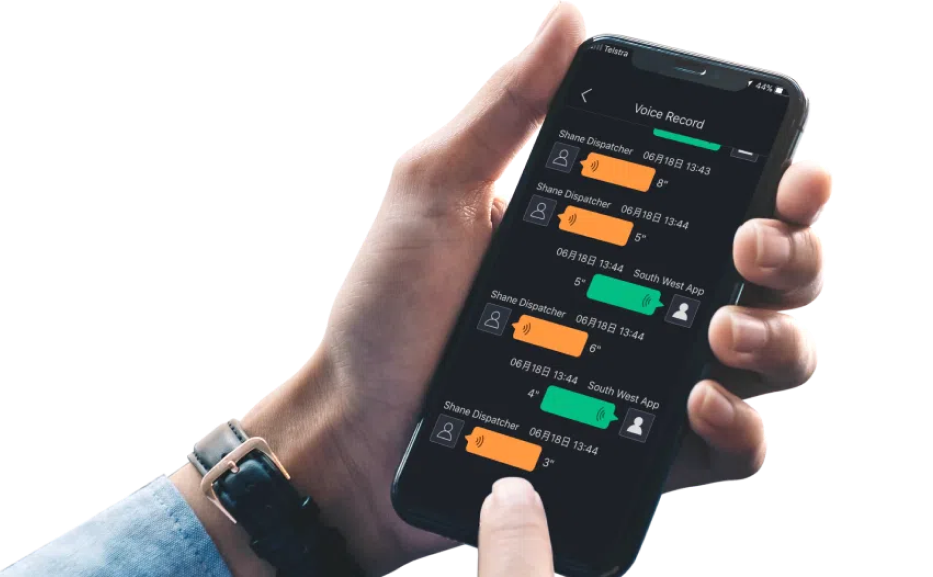PTT in Disaster Recovery: Communication in Emergencies
Discover how PTT in Disaster Recovery provides instant, reliable, and scalable communication for emergency response teams.
In the face of natural disasters, efficient and reliable communication becomes a lifeline for emergency response teams. One technology that stands out in this regard is Push-to-Talk (PTT) that has evolved into a robust communication solution that leverages modern networks and devices to offer seamless, instant communication. PTT in Disaster Recovery allows users to communicate instantly at the push of a button, facilitating real-time, one-to-many conversations.
The Role of PTT in Disaster Recovery
PTT in Disaster Recovery is the answer for operations that demand coordination among multiple teams and agencies. PTT technology plays a pivotal role by providing:
- Instant Communication: PTT enables responders to communicate instantly, without the need for dialing or waiting for a call to connect.
- Group Communication: Facilitates one-to-many communication, allowing teams to disseminate critical information quickly to all members.
- Network Flexibility: Modern PTT systems can operate over cellular networks, Wi-Fi, and traditional radio frequencies, ensuring connectivity even when some networks are down.
Advantages of PTT for Emergency Response Teams
Push-to-Talk (PTT) technology has emerged as a vital tool for emergency response teams, offering several distinct advantages that enhance operational efficiency. Understanding these advantages can help agencies and organizations make informed decisions about integrating PTT systems into their emergency response protocols.
- Speed and Efficiency: The immediate connection provided by PTT is unparalleled. Emergency response teams can relay vital information without delay, ensuring swift action.
- Reliability: PTT systems are designed to be resilient. They often include fallback options like satellite communication to maintain connectivity even when terrestrial networks fail.
- Ease of Use: The simplicity of PTT—pressing a button to talk—makes it accessible for all users, regardless of technical proficiency. This is crucial in high-stress environments where every second counts.
- Scalability: Whether it’s a small team responding to a localized emergency or a large-scale operation involving multiple agencies, PTT systems can scale to meet the needs of any situation.
- Cost-Effectiveness: Compared to other communication technologies, PTT systems are often more cost-effective, offering robust functionality without the need for extensive infrastructure.
Features and Benefits

Future of PTT Technology
The future of PTT technology looks promising, with advancements aimed at enhancing its capabilities and integration with other communication tools. Some trends to watch include:
- Integration with IoT: PTT systems are being integrated with Internet of Things (IoT) devices to provide real-time data and situational awareness, improving the decision-making process during disaster recovery.
- Enhanced Interoperability: Efforts are underway to ensure PTT systems can seamlessly integrate with various communication platforms, including traditional radios, smartphones, and satellite systems.
- AI and Machine Learning: Incorporating AI and machine learning can help analyze communication patterns, predict potential issues, and automate certain aspects of disaster response.
- Better User Interfaces: Improvements in user interfaces and voice recognition technologies will make PTT systems even more user-friendly, ensuring that critical communication is as efficient as possible.
The Crucial Role of PTT in Disaster Recovery Operations
Push-to-Talk (PTT) technology has proven itself to be an indispensable tool in disaster recovery operations. Its ability to provide instant, reliable, and scalable communication ensures that emergency response teams can coordinate effectively, save lives, and manage resources efficiently.
As technology continues to evolve, the integration of PTT with other communication tools will further enhance its capabilities, solidifying its role as a cornerstone of disaster recovery efforts.
One of the key advantages of PTT is its simplicity and ease of use, which is critical during emergencies when every second counts. Unlike traditional communication methods, PTT enables teams to connect instantly with just the push of a button, eliminating delays that could hinder response efforts.
Furthermore, the adaptability of PTT technology allows it to integrate with various digital platforms, facilitating real-time data sharing and collaboration. This integration enhances situational awareness and decision-making processes, enabling responders to act swiftly and efficiently. The continuous advancements in PTT technology, such as improved audio quality and extended coverage areas, are poised to make disaster recovery operations even more effective and responsive.




